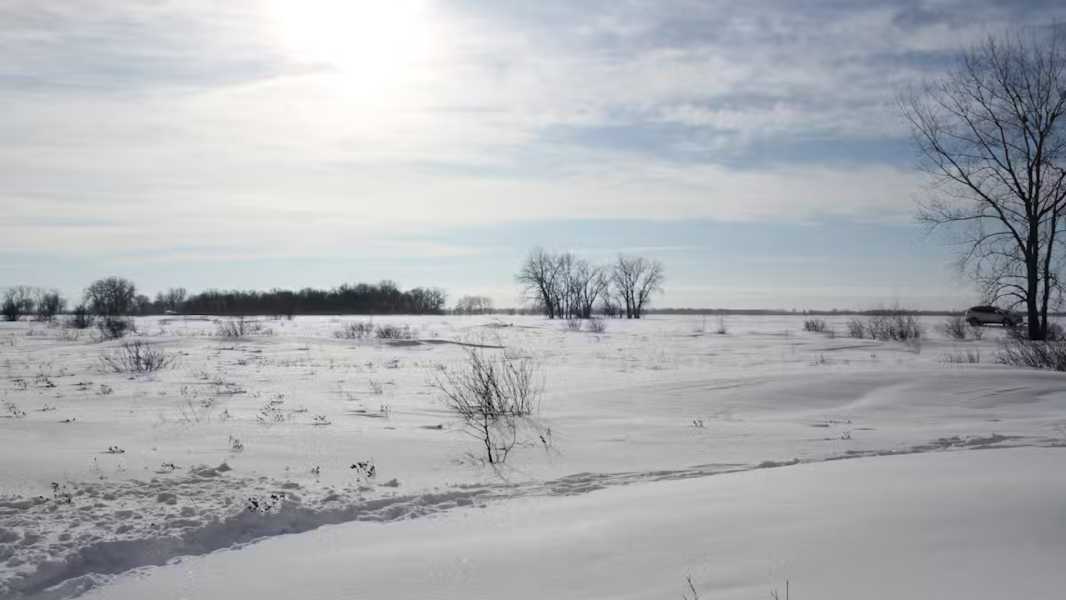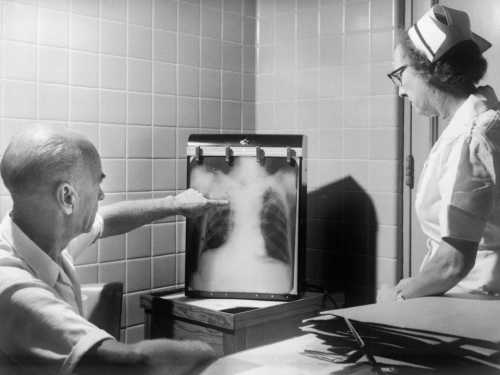
Extreme weather conditions can complicate scene recovery. (Image credit: Nick_Thompson via Getty Images)
What happens to a dead body in extreme cold? Does it decompose? How do these conditions affect forensic scientists' understanding of a person's time of death?
Determining the time of death, also known as the postmortem interval, is a complex task. The process is key in forensic investigations because it can provide vital information about the sequence of events leading up to death. This information can narrow down possible scenarios and suspects, helping to solve criminal cases.
There are many factors at play at a crime scene, ranging from environmental conditions to the health of the person before death. Throughout history, scientists have determined the time of death by analyzing the physical and biological changes that occur in the body after death, such as ossification, fluid accumulation, and cooling.
However, these methods have their limitations, as they are dependent on external factors and can vary. Determining the postmortem interval has become more reliable thanks to advances in molecular biology. However, it is still a difficult task, especially in extreme cold conditions. Often, a frozen body will not show obvious signs of decomposition for the first months after death.
We are forensic scientists working at the University of North Dakota and the University of Central Lancashire. We use molecular biology and bioinformatics to develop tools that help investigators more accurately estimate the post-mortem interval. Our recently published research in Frontiers in Microbiology showed that analysis of microbes involved in decomposition can accurately predict the time since death in extreme cold.
Decomposition in cold conditions
Our study was conducted in Grand Forks, North Dakota, one of the coldest cities in the United States, where winter temperatures can drop to -40 degrees Fahrenheit (-40 degrees Celsius) and wind speeds can reach 31 miles per hour (50 kilometers per hour).
In the severe cold conditions typical of North Dakota winters, traditional methods may be inadequate for understanding the decomposition process and estimating time of death. For example, a body cools significantly faster in a cold environment, which can skew estimates based on body temperature.

The researchers began their study of time of death in Grand Forks, North Dakota, where winters can be very harsh.
Similarly, cold environments can slow the onset and duration of rigor mortis. The process of decomposition, including the activity of insects and other scavengers, can also be slowed or halted by low temperatures.
Sourse: www.livescience.com





